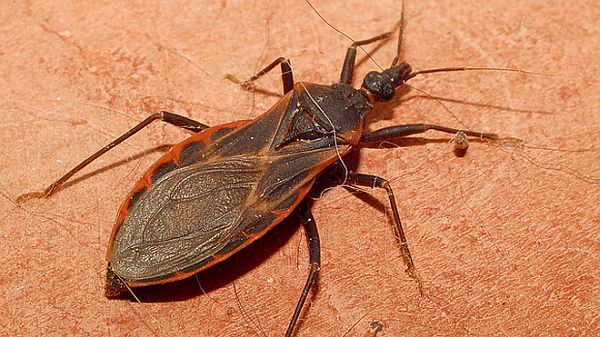Mexico City - Doctors Without Borders is about to launch jointly with Mexican authorities a guide for the comprehensive care of Chagas disease victims.
According to the Pan-American Health Organization, or PAHO, in Mexico some 800,000 people are infected with this illness.
On July 16 at the Palace of Medicine in the Mexican capital, doctors and lab workers from the 21 state health systems gathered for a training session on the diagnosis and treatment of Chagas disease.
The event was organized by Doctors Without Borders and the National Disease Prevention and Control Center, or CENAPRECE.
During the event Dr. Carina Perotti Fux, medical coordinator of Doctors Without Borders in Mexico, said that a pilot project has been implemented on the coast of the southern state of Oaxaca, to make sure the disease can be diagnosed and treated at the level of primary care physicians.
CENAPRECE director Jesus Felipe Gonzales Roldan said that for the first time Mexico has a program of specific action for the prevention and control of Chagas disease.
For his part, Roberto Salvatella, PAHO regional Chagas consultant, said that Chagas is a "neglected illness" but that both medical academies and health systems are now raising awareness about how to identify and deal with it.
For Laurence Flevaud of the Doctors Without Borders Laboratory in Barcelona, the use of quick diagnostic tests could greatly facilitate the process of detecting patients in remote areas where the disease is endemic, overcoming the logistical and transportation problems that so often impede the treatment of this disease.
Chagas is an infectious disease caused by the Tripanosoma cruzi parasite, transmitted by the so-called "kissing bug," though it can also be transmitted by blood transfusions, and from mothers to their babies during pregnancy.
Doctors Without Borders reported from its project on the Oaxaca coast that approximately 2 percent of the survey's sample tested positive for the disease.
That result should be taken as a starting point for making the necessary effort to provide community control and prevention, and for the search, diagnosis and treatment of the disease, including for patients who because of the evolution of the illness already have cardiac problems.
Source article



